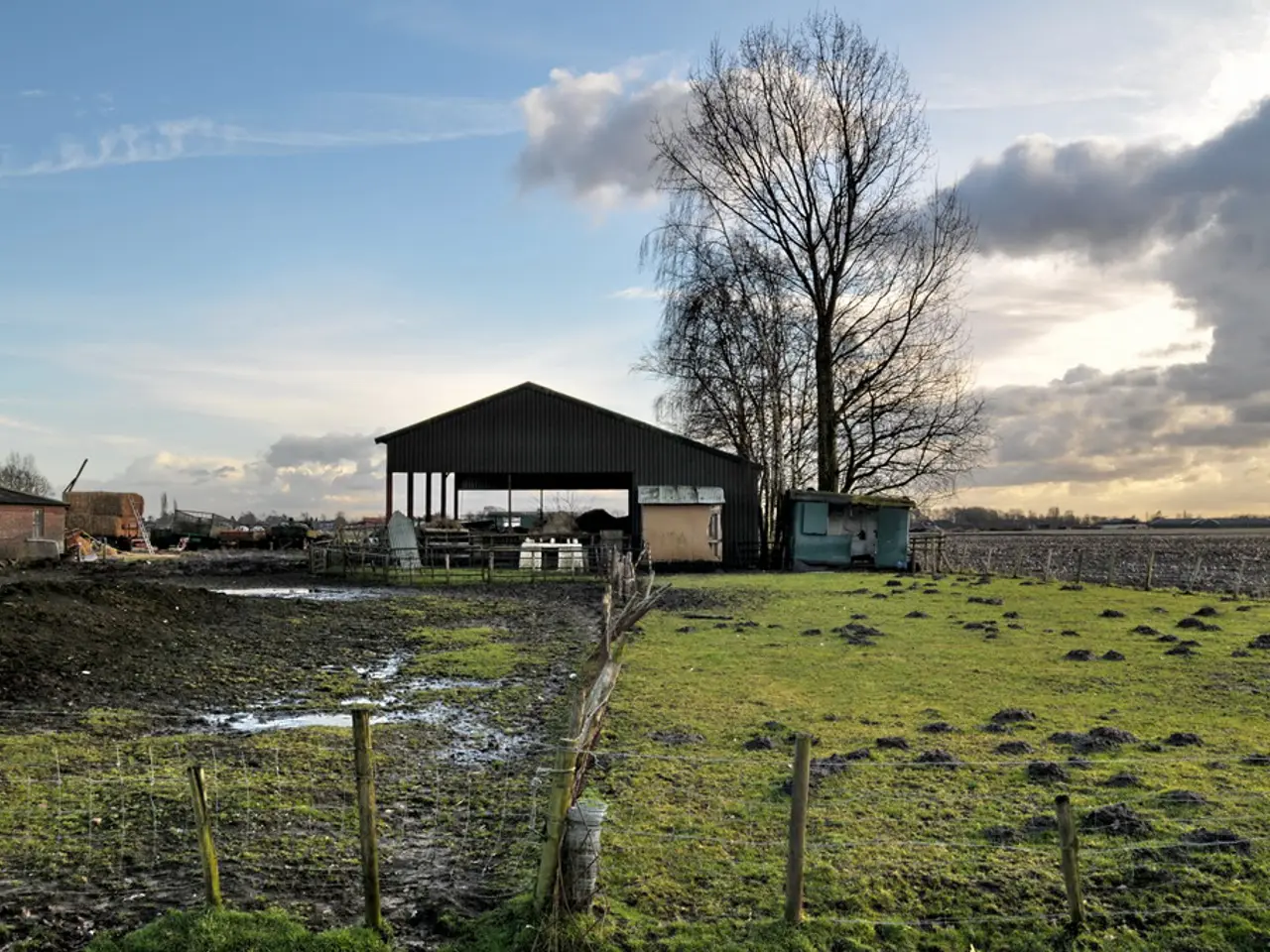Crafting Hedge Fences: Exploration of Hedgelaying Techniques
In the picturesque countryside of Suffolk, Richard Negus, a hedgelayer, journalist, and author, is preparing for the publication of his book titled 'Words From the Hedge: A Hedgelayer's View of the English Countryside' in May 2025.
Hedgelaying, an age-old practice, involves shaping hedgerows by making a partial downwards angled cut through the basal stem of a hedgerow shrub. This traditional method, which dates back thousands of years, has played a crucial role in shaping the English countryside.
The art of hedgelaying is just one of the many intriguing topics covered in The LandMag, a magazine that boasts an eclectic mixture of witty and informative content. From property news to gardening, the arts, and interior design, The LandMag offers a unique blend of content that cannot be found anywhere else, either in print or online.
The magazine, first published in Queen Victoria's Diamond Jubilee year, has been a celebration of modern rural life and diverse joys and pleasures. Its focus on modern rural life and diverse interests sets it apart from other publications. Over the years, it has been guest-edited by notable figures, including His Majesty The King, not once, but twice.
Hedges, these living fences, have served numerous agricultural roles throughout history. They provide year-round shelter from the elements for livestock, act as wind breaks and filters in arable rotations, and create vital habitats for wildlife. The post-war decline of hedgerows, combined with intensive, chemically aided food production, has had a disastrous effect on Nature.
The importance of managing existing hedgerows better cannot be overstated. By creating hedgerow habitats and thickening the base, we can guarantee food, shelter, and nesting sources for various wildlife species. This practice also helps in preserving our rich rural heritage.
Interestingly, the Midland style of hedgelaying, used for farm drives and prominent positions, differs from the conservation style, which is used for 80% of farmland hedges. The East Anglian style, as practiced by Richard Negus, shares similarities with a style from south-west Wales, known as the Carmarthenshire style.
The Forest of Bowland region in Lancashire and Yorkshire has developed a distinctive style of hedgelaying that differs from the traditional Midland style and is considered historically unique. Meanwhile, the oldest hedgerows in Europe are found in Britain, a testament to the long history of this practice.
The modern hedge, while it may seem inconsequential to some, continues to play a vital role in our countryside. Archaeologist Francis Pryor and his team discovered traces of a hedged-in sheep fold and livestock market in Flag Fen near Peterborough, Cambridgeshire, dating back 4,500 years. This discovery underscores the enduring relevance of hedges in our history.
As we await the publication of Richard Negus's book, we are reminded of the rich history and continuing importance of hedgelaying in the English countryside. 'Words From the Hedge' promises to offer a unique perspective on this traditional practice and the beauty of the English countryside.
Read also:
- Peptide YY (PYY): Exploring its Role in Appetite Suppression, Intestinal Health, and Cognitive Links
- Toddler Health: Rotavirus Signs, Origins, and Potential Complications
- Digestive issues and heart discomfort: Root causes and associated health conditions
- House Infernos: Deadly Hazards Surpassing the Flames








